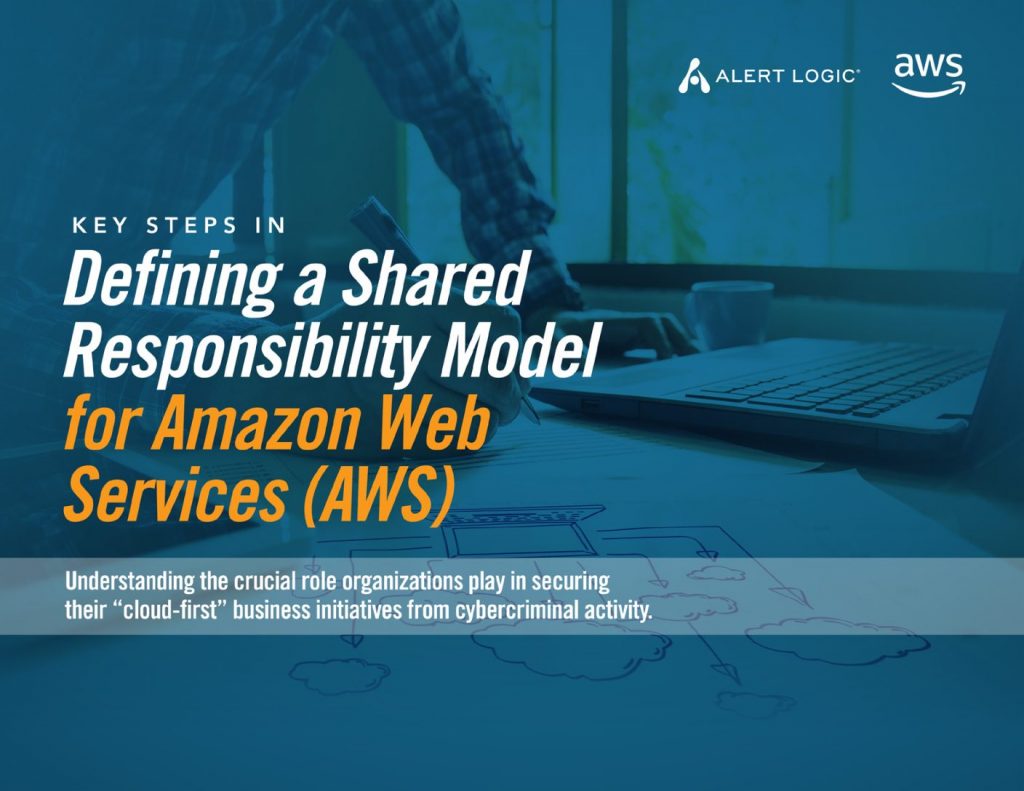AWS provides the elasticity and agility your business needs to meet demand at scale. Yet, shared cloud tenancy comes with certain responsibilities—including staying up to date on the latest privacy and protection protocols that can keep your business-critical applications safe from cyberattacks.
While AWS is responsible for protecting the infrastructure and “security of the cloud”, the customer is responsible for the configuration and management of any application software or utilities that are installed in AWS, including “security in the cloud.”
By taking a proactive approach that keeps shared security responsibility of cloud platforms top-of-mind, you have the power to protect yourself and your users from ever-present cybersecurity threats, now and in the future.
In this ebook, we outline what shared security responsibility means to you and recommend a 5-step plan for using the AWS Shared Security Responsibility Model (SSRM) as a foundation for building a “cloud-first” cybersecurity defense plan.






